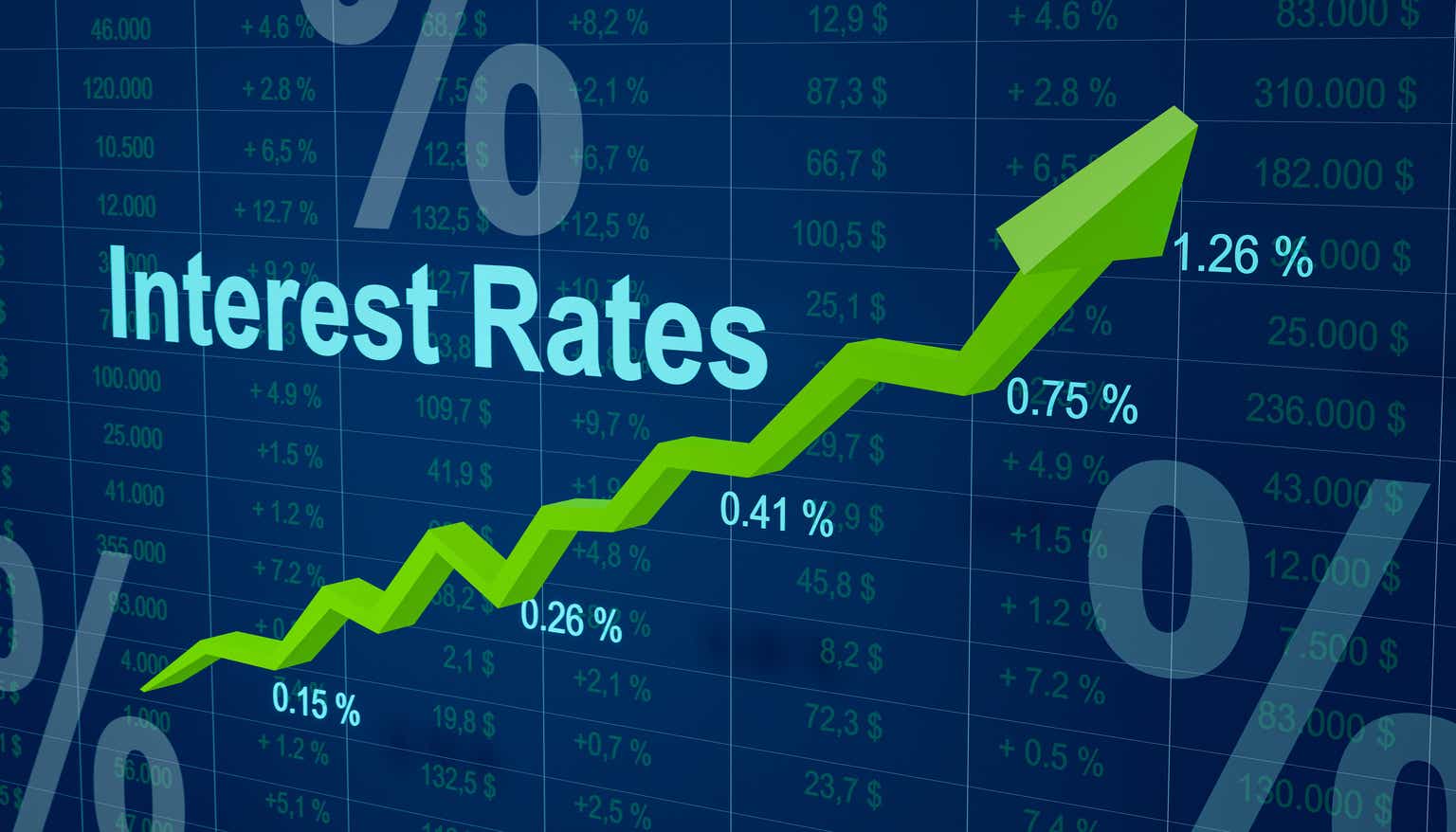The Role of Economic Indicators in Forex Trading
The Forex market is a relatively active and constantly changing marketplace where the value of the currencies varies with the changes in some factors. Of the socio-economic factors, economic factors are particularly useful in the evaluation of price direction and trading activities. Any changes in economic indicators affect Forex, as these terms refer to statistical data that provides generalized information about an economy. The next point that is probable to arise is recognizing the part played by economic numbers inside Forex, such as purchasing and selling with or without hedging, to achieve higher profits and less potential danger of losses.
What Are Economic Indicators?
Economic indicators are information about an economy’s performance made available to the public through agencies or non-governmental organizations. All the factors included in these indicators relate to employment, inflation, and consumer expenditure. They assist traders in bearing the risks by giving them the knowledge of the existing and prevailing economic circumstances to forecast how a certain currency will perform in the Forex market. Currencies represent a country’s economic muscle, and as such, there is a direct correlation between changes in economic magnitudes and currency fluctuations.
The Importance of Economic Indicators in Forex Trading
The economic indicators are crucial for forex traders since they provide information relevant to the inherent state of a certain economy. Generally, when an economy is robust, the currency used in that particular economy tends to be stronger compared to times when the economy is not strong, the currency tends to be weak. Through its calculations of these parameters, traders can make more effective decisions about purchasing or selling such currency pairs. Therefore, the economic signals can contribute to the shifts of the market sentiment in Forex, where the volatility offers possibilities for the traders but also contains risks.
Gross Domestic Product (GDP)
The Gross Domestic Product of a country, abbreviated as GDP, is one of the most significant economic factors used in Forex trade. It calculates the cumulative value of all products and services provided within a certain period in that nation. The higher the GDP, the more advanced the economy, which in turn would boost the country’s currency. On the other hand, a low GDP indicates an economic shrinkage, which results in a decline in the value of the language. Business wizards pay attention to GDP reports to evaluate any financial market’s health and check for currency shifts.
Inflation Rates
The last important facet of economics that impacts the Forex trade is inflation. Inflation pertains to the velocity of the general price level of goods and services, resulting in a decline in purchasing power. Banks use high inflation rates by increasing a country’s interest rates, making the investment a more attractive option. Inflation indicators like the CPI and PPI are monitored since they affect an expectation of an appreciation or depreciation of a currency’s value.
Interest Rates
Interest rates are still considered the most significant economic factor when participating in Forex trading. Interest rates are technically the instrument central banks use to control inflation or stabilize any ailing economy. Whenever a central bank increases the interest rate, this augurs well for the domestic currency because investors flock in from other countries. On the other hand, lower interest rates may cause a depreciation of the currency prevalent in the region. Such changes in currency values help traders trade in foreign exchange by interest rates and central bank statements to make cherished profits.

Employment Data
Another decisive factor in the economy is employment data in Forex trading. Low employment indicates the strength and stability of a country’s economy if high. Likewise, a high unemployment rate shows the weakness of an economy. Traders give employment indicators like the NFP for the US much regard to understanding the conditions in the labor market. A good employment report could set the stage for a currency’s rise, while on the other extreme, a poor employment report could mean a currency’s decline.
Consumer Confidence Index (CCI)
The Consumer Confidence Index, Or CCI, measures people’s optimism about economic circumstances. A higher CCI indicates that people’s desire for consumption is likely to boost economic growth and, consequently, the currency’s value. A lower CCI, on the other hand, indicates consumer pessimism that may lead to spending and a weaker currency position in the international market. The CCI is employed in determining consumer attitudes toward trade to forecast future currency trends in the market.
Retail Sales Reports
Information from retail sales helps to understand the trends of consumption expenditure, which constitutes a major part of total expenditure and thereby has a definite impact on economic development. 3.17. An increase in retail sales leads to currency appreciation if it is done in a scenario associated with a strong economy, while its reduced value indicates a weak economy, triggering currency depreciation. The movements in the currencies are determined by factors such as consumer spending, and by following the retail sales reports, forex traders can make better trading decisions.
Trade Balance
The trade balance is used as another economic indicator in Forex trading activities. Exports surpassed imports, defined as the numerical value of the balance between exports and imports. A trade balance surplus is when exports have a higher value than imports; using this can even help bolster the currency. The deficit is represented by (-) a negative trade balance when a country imports goods rather than exports them, making the currency weak. Trade balance information is utilized to determine the competitiveness of one country against the others and determine currency fluctuations.
Purchasing Managers’ Index (PMI)
The PMI is an index that was established to facilitate gauging the economic activity level of the purchasing managers for the manufacturing and service industries. Any PMI reading above 50 represents economic growth, while below 50 shows that the economy is shrinking. Forex traders use the PMI to determine the state of a particular country’s economy and forecast the future value of the nation’s currency. If the PMI index report is healthy, the currency of the country also strengthens, but if the index report is worrying, the currency weakens.
Industrial Production
Factory output, mining and quarries, and utilities are a way of defining industrial productivity in a given country. Overproduction is vice versa with industrialization, which also, in turn, leads to an improvement in economic growth, thus resulting in an appreciation of currency. A negative GDP and lower industrial production indicate economic vulnerability and the likely collapse of a nation’s currency. Industrial production reports about the strength of a country’s manufacturing industry are among the information that forex traders use while placing their trades.
Housing Market Data
The housing sector is another area that reflects economic status because it has an important place in the economy. Specific information, including housing starts, building permits, and home sales, offers information about generic and specific demand and the real estate market health. They worked for that view of the housing market, leading to economic growth and, therefore, to currency appreciation. A weak housing market, however, may indicate an ill economic performance e or even probable devaluation of the currency. The traders usually examine the real estate part to assess the conditions of the housing industry concerning the currency.
Central Bank Statements
Besides the bare economic data, the statements made by the central bank bear a lot of weight with Forex traders. The Federal Reserve, the European Central Bank, and the Bank of Japan, as apex monetary authorities, direct the monetary policy that impacts currency rates. Monetary policy: Interest rates and other policy measures are listened to and analyzed more closely if they are delivered by the key officials of the central bank. In the current world of trading, central bank alterations create noteworthy currency fluctuations in which traders can participate.
Conclusion
While ripples are common in Forex trading, others deploy economic indicators for trading opportunities and the likely directions of currency movements. They help traders make the right decisions while exchanging their money to circulate these signs, including GDP, inflation, interest levels, employment statistics, and consumer confidence. In the same regard, it helps a trader keep track of the central bank statements and the rest of the economic indicators to understand market conditions better and make a wise trading decision. In conclusion, understanding those and having the ability to predict reactions to particular economic indicators may bring a trader a vast amount of benefit in Forex trading.



